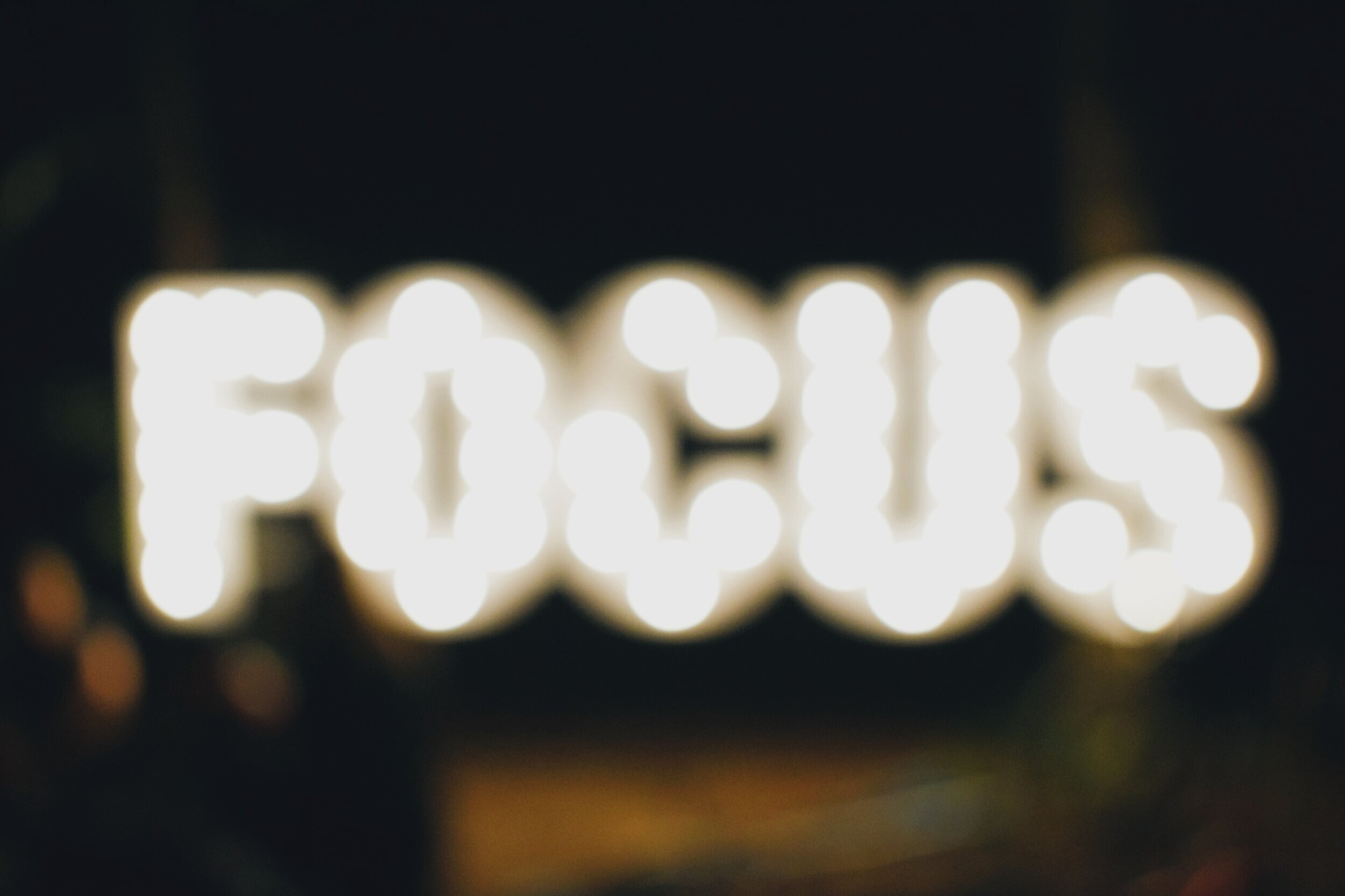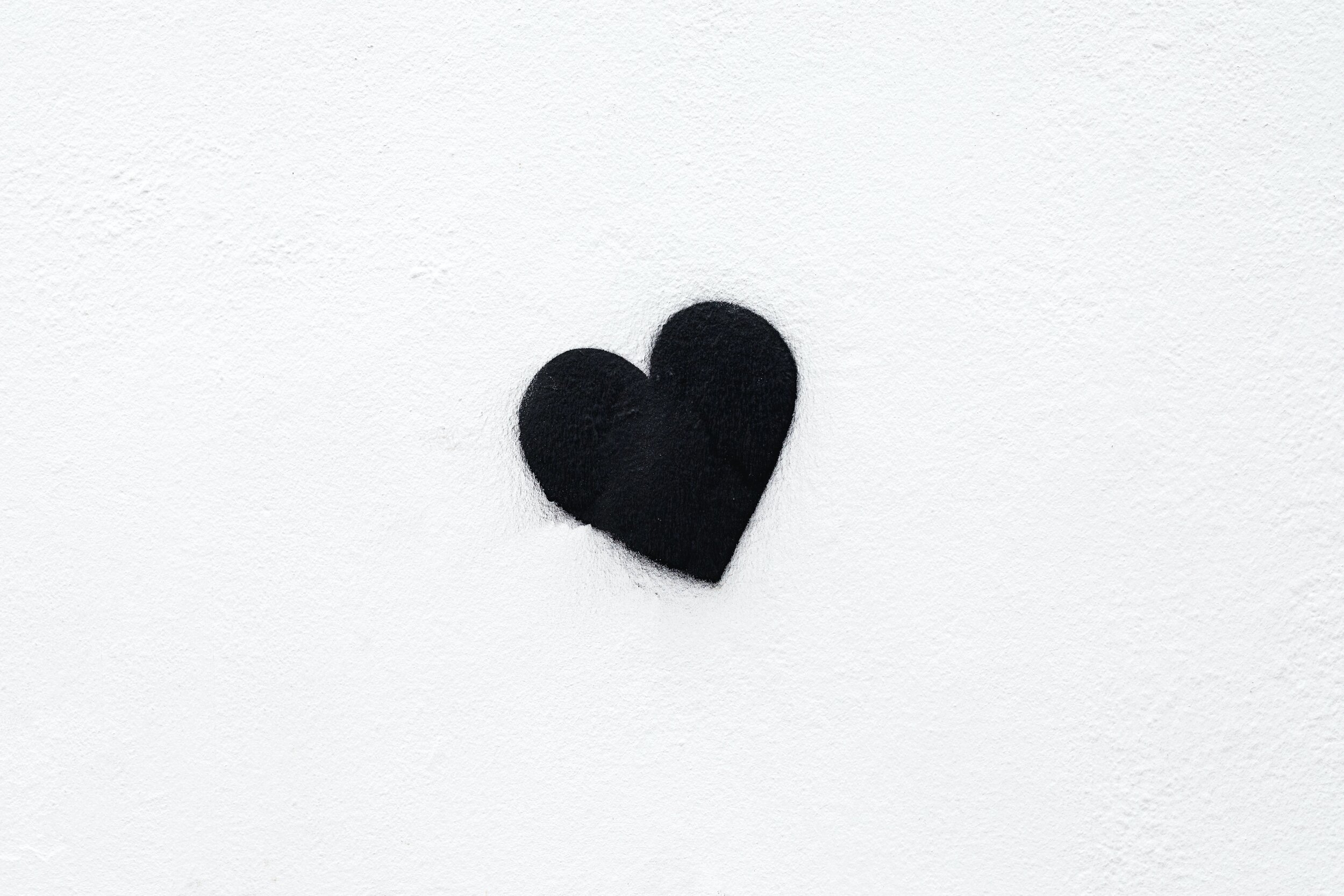Pay Attention To Your Intention
Part 2 in a Series on Attention
IN NEW LIGHT
I wrote this “Attention” series prior to George Floyd’s death and the resulting past two weeks of growing awareness on the part of our country (or the white majority) in relation to systemic racial injustice. I have contemplated the purpose of publishing the topics I had begun, and I have come to the conclusion that my overarching subject matter of inside-out wellbeing is more important now than ever. Specific to this series, it is extremely important how we use our attention during this American awakening.
In two weeks of conscious listening, learning and loving, I am growing my empathy for all people as well as my awareness of my own biases and blindspots. The subject matters remain as true as true as ever, but my perspective has grown tremendously. Through listening to others (especially people of color) and learning about our history, my lens is more complex, diverse, and inclusive than ever before. Little did I know that I had so much to learn…and still do.
If I ever think I have reached a point of knowing all, I actually know nothing at all.
I have always called this an inside-out wellbeing journey, and I use “journey” with great intention. I have learned through experience to always leave room for God to grow and change me, and He continues to do so. In letting go of my pride and my ideas, I open myself to all that my journey was designed to behold. I pray my content reflects this humbling process and provides a light for others who are seeking growth and wellbeing. We are all in this together.
ATTENTION REVEALS INTENTION
My last article, You’re Paying With Your Attention, introduced attention as a valuable resource by connecting it to value in the sales funnel for businesses. My hope is that it brought your attention to your attention and its value to businesses as well as your life. In this piece I would like to go a step deeper and connect attention to intention to really get to the importance of this resource in your inside-out wellbeing journey.
in·ten·tion
A thing intended; an aim or plan.
UNSEEN INTENTION, SEEN ATTENTION
If your intentions are intangible (or unseen), consider your attention to be your first tangible (or seen) resource represented by how you spend your time and your focus. In other words, show me where your attention is, and I will know your intentions.
If you recall the above funnel from my last article about attention, I had “information” flowing into the funnel to indicate how the current system shifts our valuable resources to benefit businesses and organizations by grabbing our attention with information that doesn’t serve our wellbeing. For this article, I revised it to show “intentions” flowing into the funnel to convey the relationship we should have between our intentions and our resources.
Since your attention is the first resource to either be in line with your intentions or not, it is one of your greatest and most important resources. Our intentions alone mean nothing without a mindful effort to manage our attention. I can say that my intention is to achieve something, but if I don’t manage my attention in that direction my intention doesn’t matter. You can either use it effectively to get to where you aim or plan to go or not. No matter what your intentions are, if you’re not using your attention to get there, you won’t arrive.
Many people rightly associate attention with consciousness. While attention and consciousness are two distinct neurobiological processes, they certainly are allies. Your attention is the willful component of consciousness. When we pay attention to an object, we become conscious of its various attributes; when we shift attention away, the object fades from consciousness. So, without our focused attention, we are literally unconscious (or asleep) to something, which can even be our intentions.
To simplify a complex discussion, where your attention goes, so goes your life. It is the resource that we can use to shift our life in different directions. Attention is the bridge from unconsciousness to consciousness, from intangible to tangible, from intentional to unintentional.
ATTENTION BLIND SPOT
Our perception of the world is very subjective. Our brains can’t possibly pay attention to every tiny object, sound, and sensation. Our nature is to subconsciously prioritize information that seems most ‘relevant’ to whatever is top of mind. In essence, we center our focus on whatever connects to our current mood, expectations, interests, and concerns, and we filter out the rest. We may even alter information to fit into our confirmation biases.
con·fir·ma·tion bi·as
The tendency to interpret new evidence as confirmation of one's existing beliefs or theories.
We are not conscious of this because we can’t see what is in our blind spot. When we rush through our days without mindful attention, our minds are running on automatic. We risk missing important information, and, even worse, we risk ignoring the needs of others.
MINDFUL ATTENTION
Our focus is such a limited resource that we must pay attention to what we pay attention to. It is possible to be deliberate and focus with mindful attention.
Mindfulness
The idea of being in a high awareness state helps to stop things designed in the world to steal your attention.
The key is to make your attention deliberate by shifting your mind into a mindful approach to the stimuli that you are constantly encountering. Using mindfulness as a tool to remain conscious and choose where your attention goes will give you the greatest return in what you take out of life. Studies show that there are four real benefits from practicing mindfulness: stronger focus, staying calmer under stress, better memory, and good corporate citizenship.
Ask yourself “on this day, in this moment, doing this action - what do I want to pay attention to in order to proactively utilize my attention toward my desired intentions?”
EMPATHY TOOL
Mindful attention is also the mechanism that enables us to develop empathy for others. By paying attention to a circumstance or the details of someone else’s life, we can literally take off our subjective blinders and see life through a different lens.
I have written about empathy in other articles and its importance in living in a higher emotional state for those around you. Especially during these times with the Covid-19 pandemic and the recent tragic and unjust murder of George Floyd (adding to a long list of other unjust murders), empathy for the experiences of others is not only needed but required to survive with any awareness, understanding, and compassion. In order to move forward, we must seek empathy at every opportunity to begin the process of healing the systemic issues that have long been overlooked. Our future depends on it.
Empathy opens a pathway to a richer human experience. Your intention to be empathetic is only proven sincere and authentic when you use your visible resources - attention, connections, and actions - as evidence of your empathetic understanding of others.
HOW TO BEGIN
Acknowledge your attention. Once you know that your attention is a resource that is at your disposal you will begin to develop awareness of how you use it. You will experience a mindful separation from your attention and be able to observe it almost as a third party.
Check-in with yourself. Ask yourself what’s top of mind for you right now. What are your expectations, about the situation and people? What needs or concerns do you have? What’s your mood?
Recognize your filters. Given what’s top of mind for you, consider two different perspectives: 1) What information or behavior will you be paying most attention to because it fits with what’s top of mind for you? 2) What information and behavior could you potentially miss because it goes against your current state of mind?
Define your core values. Keep these values front and center in your daily life. Use them as a compass as you guide your attention. Remember these values should reflect a generous mindset that is open to growth and wellbeing, not only for yourself but those around you. Knowing we have subjective attention, it is important to define these core values to avoid even more biases.
Direct your attention. Given your core values and new perspectives, what do you now want to pay more attention to — in others, in yourself, and in your actions?
SUMMATION
It seems that people focus on two major discussions: the goal setting/'intention' discussion or the presence/'attention' discussion. My theory is that life requires a mindful awareness of both of these in order to actually have any tangible effect in your life. Technically, it is putting mindful awareness of your intangible intentions into your tangible attention, and then moving down your funnel of resources to your connections and actions. By learning to utilize the active mechanism of mindful attention to reveal your true intentions, there is a possibility to live life in a more authentic and sincere manner. It opens a door to a wellbeing journey that begins on the inside and results in actions that are evidence of that growth.
When you mindfully use your attention toward your intentions on an inside-out wellbeing journey, you are dedicating your life and time to the greatest capacity in order achieve joy, success, freedom, and fulfillment. It will make you present in the moment and provide a deep gratitude for the gift of life. You can live deeply in the moments of each day, knowing that you are in line with the core values that your faith and future are calling you toward.
I look forward to continuing the subject matter of attention in my next series article.







